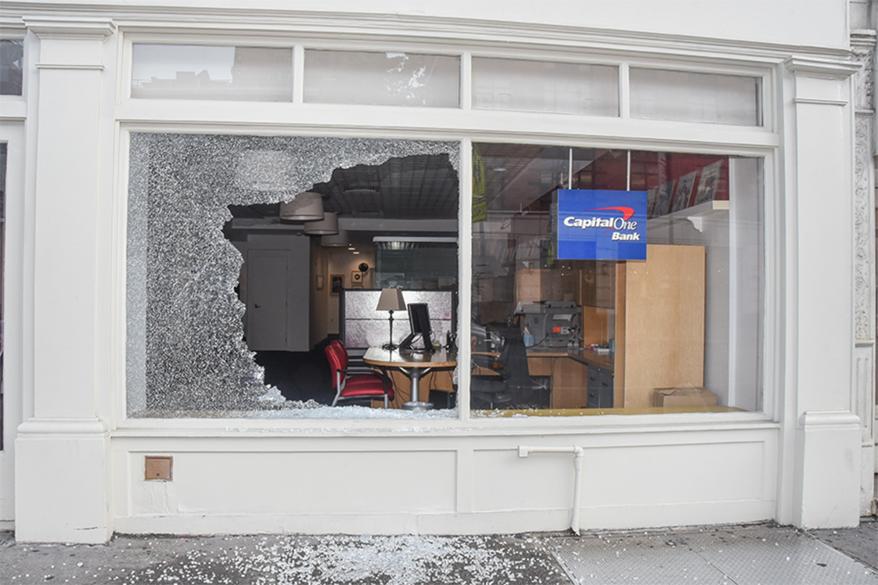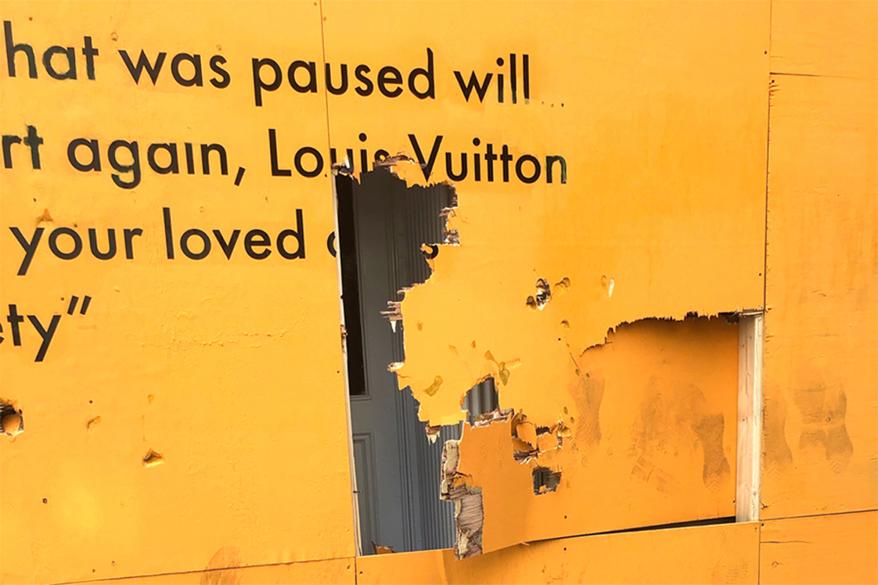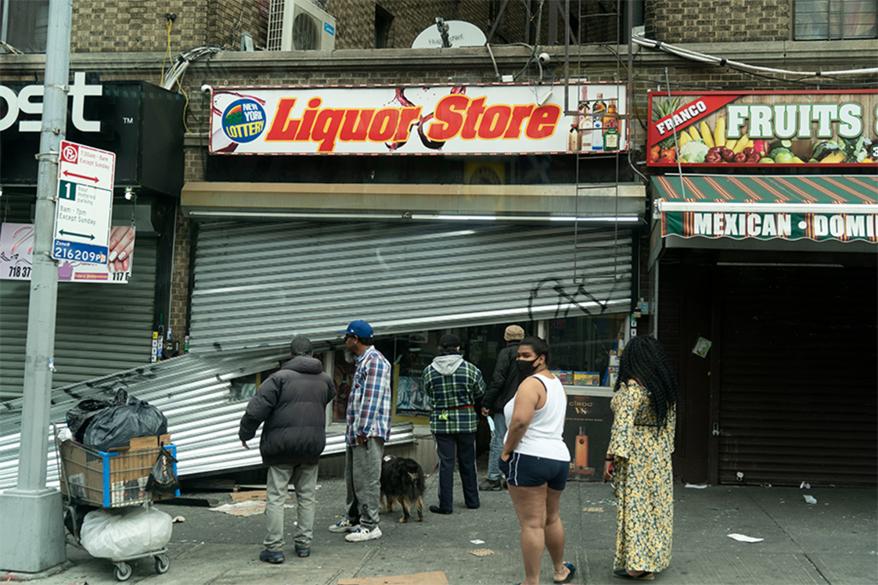1 of 6
Advertisement


Advertisement


Advertisement
Advertisement




New York City businesses have likely suffered tens of millions of dollars in damages and theft as a result of the rampant open looting and vandalism that exploded in the Big Apple over the last few nights – and some may never recover, experts told The Post Wednesday.
“I think it’s pretty safe to say it’s going to be in the tens of millions of dollars,” Nicole Gelinas, a senior fellow at the Manhattan Institute, said of the financial and physical destruction to businesses citywide.
That estimate includes the expense of repairs as well as other facets like increased security and insurance costs, Gelinas explained, adding that the pilfered merchandise likely accounts for “several million dollars.”
Over the past three nights since Sunday, looters and vandals taking advantage of the mass protests in the Big Apple over the Minneapolis police killing of George Floyd have plunged swaths of the city into chaos, hitting hard Midtown Manhattan, SoHo and parts of The Bronx.
Gelinas estimated there were likely “hundreds, if not thousands” of storefront windows smashed during the wild looting sprees around the five boroughs.
“These are pretty custom-made, specialized glass,” said Gelinas, noting that merchants also have to buy lumber to board up the bashed-in windows in the meantime.
“You put it all together, it’s certainly not incidental,” she said. “It’ll be a big cost to the retail industry’s recovery.”
Mark Dicus, the executive director of the SoHo Broadway Initiative business improvement district, said that 37 retail stores along Broadway from Houston to Canal streets and some surrounding streets suffered damaged storefronts during the mayhem.












There was “extensive damage” to shops on Prince, Spring, Grand, Mercer, Greene streets, said Dicus who added, at least 80 percent of retail businesses in the area are “now boarded up.”
Nineteen area stores had goods stolen least once and some more than that including, The North Face, Shops of SoHo, Lulu Lemon, Bloomingdale’s, Foot Locker, Verizon, Broadway Market, Duane Reade, Zara, H&M, Prada, American Eagle, Timberland, and Balenciaga, according to Dicus.
Brazen looters also raided stores in Midtown, including Macy’s flagship on Herald Square, a Sephora, a Nintendo store and a Microsoft.
In The Bronx, crooks broke into pharmacies, banks and other small businesses along Fordham Road and Burnside Avenue.
Jonathan Bowles, the executive director of the Manhattan-based public policy think tank Center for an Urban Future, predicted that some merchants already grappling with staggering financial losses from the city’s coronavirus-induced shutdown could close up shop for good given the costs of repairing the destruction caused by looters.
“For some that are already struggling to reopen or considering whether it’s financially feasible, this could be a factor in their decision,” said Bowles.
The risk of shutting down permanently is even higher for small businesses, he said.
“The chances are they’ve got less of a cushion to fall back on, and many of them are already financially weak from the pandemic,” Bowles said.
Gelinas expressed a counterpoint that chain stores “may have a harder time.”
“A lot of chains were already struggling before this,” she said. “They had too much debt. They probably over-expanded compared to what happened with competition from online shopping, paying very high rent in major retail corridors.”
Still, if the city can get the looting situation “under control in the next day or two, there may not be any problem at all,” according to Bowles.
“We may entirely bounce back,” he said. “This doesn’t have to be a sign of what’s to come.